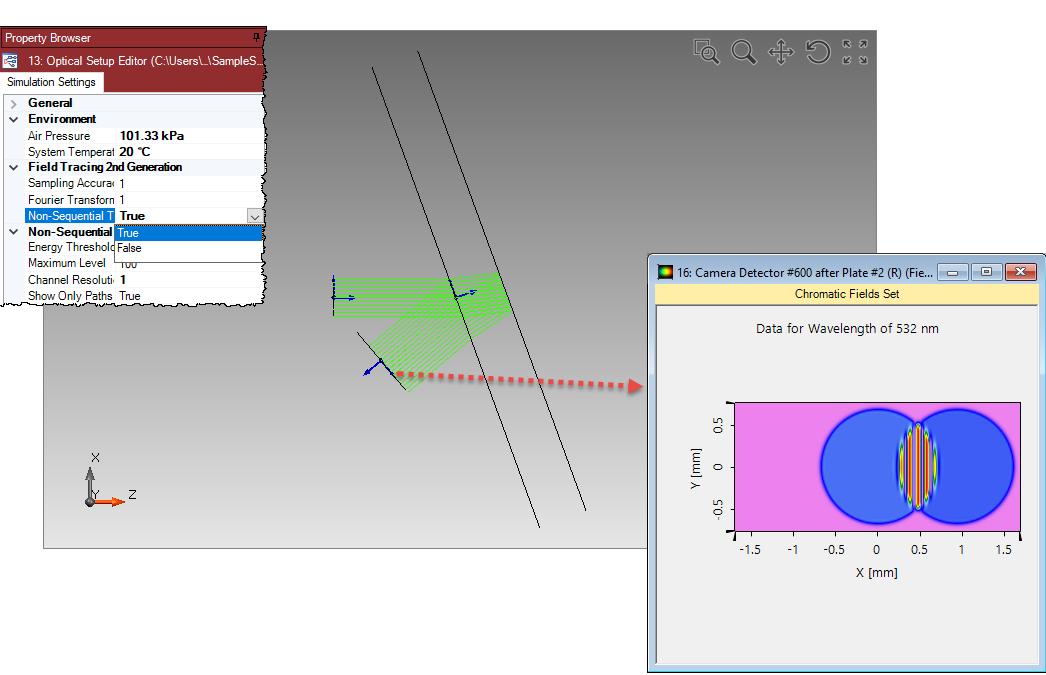

One-photon experimental investigations with the pair of electrons detected in coincidence can provide a fairly complete DI description without, however, following the dynamics of the electron correlation in real time. Electron correlations may also lead to indirect DI processes via highly excited states of the singly-charged ion 12. In the shake-off mechanism, orbital relaxation following the creation of a hole ionizes a second electron. In the knockout mechanism, the electron excited by interaction with the light field (the photoelectron) collides with another electron on its way out, resulting in two emitted electrons. The two-electron ejection can be understood only through interactions between electrons, and is usually discussed in terms of different mechanisms 11. A series of ground-breaking studies on single ionization (SI) in atoms using attosecond light pulses sheds light on the escaping electron and its interaction with the residual ion 6, 8, and the resulting coherent superposition of neutral bound states 9, 10.ĭouble ionization (DI) by absorption of a single photon is an inherently more challenging phenomenon, both experimentally and theoretically 1, 2, 3. After a decade where attosecond light sources 4, 5 were characterized and their potential demonstrated, the next phase will include the exploration of correlated electron dynamics in complex systems.

The important goal of real-time visualization of the interplay between electrons and their role in molecular bonding now seems to be in reach. The emergence of attosecond science (1 as = 10 −18 s) in the new millennium opened an exciting area of physics bringing the dynamics of electron wave functions into focus.


 0 kommentar(er)
0 kommentar(er)
